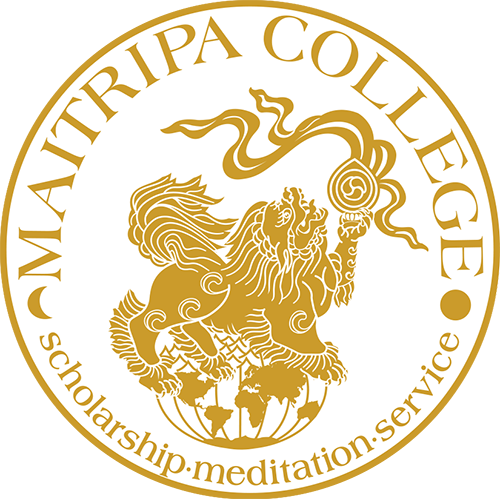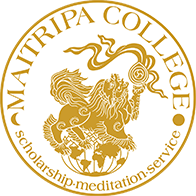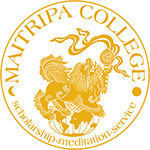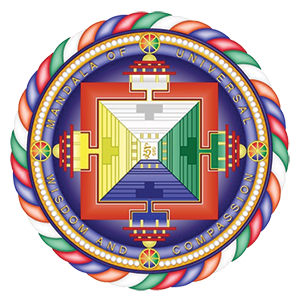(2 credits) This introduction to the history and culture of modern and contemporary Tibet will deepen students’ appreciation for the many changes the Tibetan people have navigated in the past one hundred years to reveal a complex society that has achieved remarkable cultural and religious sustainability, balancing tradition and innovation. To illumine historical upheavals and resiliency, we will engage with autobiographical and fictional literature, documentary and narrative films, historical primary sources, Buddhist and secular contemporary music and art, poetry, modern monastic Buddhist education and pilgrimage, and how Tibetan Buddhists relate their religion to everyday lives, seeking, as much as possible, Tibetan representation of Tibetan lives in all their diversity and what contributes to a shared sense of Tibetan identity among them. Students will learn an interdisciplinary approach to the study of a unique region, highlighting the interactions of Tibetan communities with others globally and Tibetan visions for their and human futures together. A few select film screenings and book discussions will be open to the community. This course’s emphasis on an interdisciplinary approach to Tibetan Buddhist civilization will also provide context for a spring course on Himalayan Art and Holy Objects, but the fall course will not be a prerequisite.



